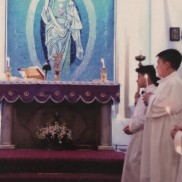 Faith and Displacement: Introduction
Faith and Displacement: Introduction
Northern humanitarian responses have often emphasised a ‘secular-religious divide’, treating religion as a barrier to ‘inclusive’ and ‘neutral’ engagement. This, Refugee Hosts Co-I Anna Rowlands argues, needs to be troubled and re-framed.
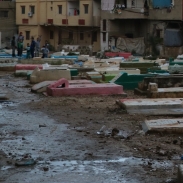 Refugee-Refugee Solidarity in Death and Dying
Refugee-Refugee Solidarity in Death and Dying
In Baddawi refugee camp, the cemetery is both a “gathering, and a gatherer” of the diverse histories of the camp. By reflecting on this, Elena Fiddian-Qasmiyeh and Yousif M. Qasmiyeh highlight the important spiritual role mourning and memory play in contexts of displacement.
 Visualising Faith, Trauma and Conflict Through Art: The Work of Marcello Silvestri
Visualising Faith, Trauma and Conflict Through Art: The Work of Marcello Silvestri
Marcello Silvestri’s work offers a window into how faith can be drawn on creatively as a means of responding to trauma, migration, conflict and war.
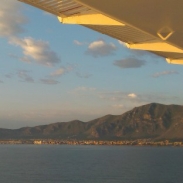 Faith-Based Humanitarian Corridors to Italy: A Safe and Legal Route to Safety
Faith-Based Humanitarian Corridors to Italy: A Safe and Legal Route to Safety
Susanna Trotta explores the important roles Italian Faith-Based Organisations are playing in opening up routes to safety for refugees. These interventions arguably counteract the troubling trends of hostility common among state-responses to refugees.
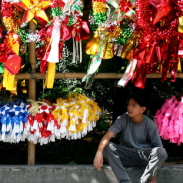 Reflection and Connection: Religious Celebration in Times of Crisis
Reflection and Connection: Religious Celebration in Times of Crisis
Despite misunderstandings, international responses to crises should aim to more effectively engage with local religious ceremonies as part of their overall response. By Olivia Wilkinson, who draws on her research in the Philippines.
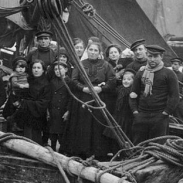 Belgian Refugees in Glasgow: Local Faith Communities, Hosting and the Great War
Belgian Refugees in Glasgow: Local Faith Communities, Hosting and the Great War
Keiran Taylor offers a key historical perspective into the role played by local faith communities in Glasgow responding to the needs of refugees from Belgium during World War One.
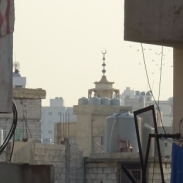 Engaging with Faith Values to Reshape Responses to Forced Migration
Engaging with Faith Values to Reshape Responses to Forced Migration
Mainstream humanitarian responses to forced migration can benefit from faith-based perspectives, particularly those that recognise the importance of spirituality in providing dignity and well-being to refugees, argues Sadia Kidwai.
 Photographing Religion and Displacement: UNHCR’s 30 Days of Faith
Photographing Religion and Displacement: UNHCR’s 30 Days of Faith
Typically, secular humanitarian agencies shy away from depicting faith in their campaigns. By contrast, this 2013 campaign by UNHCR is an example of how it is possible to account for the positive value of faith in displacement contexts.
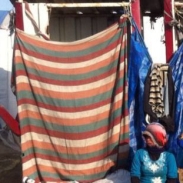 Seeking Evidence to Provide Protection: How Can Local Faith Communities Support Refugees?
Seeking Evidence to Provide Protection: How Can Local Faith Communities Support Refugees?
We need more nuanced evidence to help policymakers and practitioners better understand the roles that faith-based actors already play, and have the potential to play, in supporting refugees and forced migrants, argue Sadia Kidwai and Elena Fiddian-Qasmiyeh.
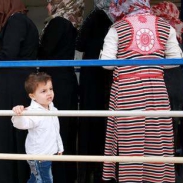 How to Overcome Religious Prejudice among Refugees
How to Overcome Religious Prejudice among Refugees
Instances of religious tensions between refugee communities from Syria are not inevitable, but an abnormality. Inter-community divisions must not be assumed, but actively resisted through efforts to enhance solidarity, argues Kat Eghdamian.
To read other contributions to our Faith and Displacement series, click here.
MORE ESSENTIAL READING:
Representations of Displacement
Translation, Poetry and Displacement
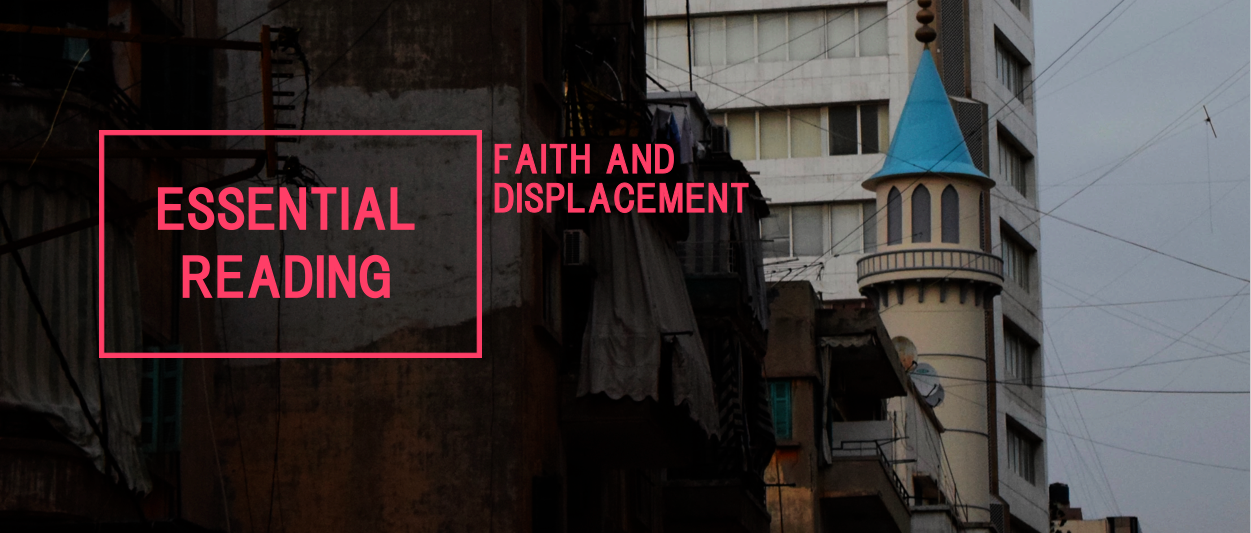
You must be logged in to post a comment.